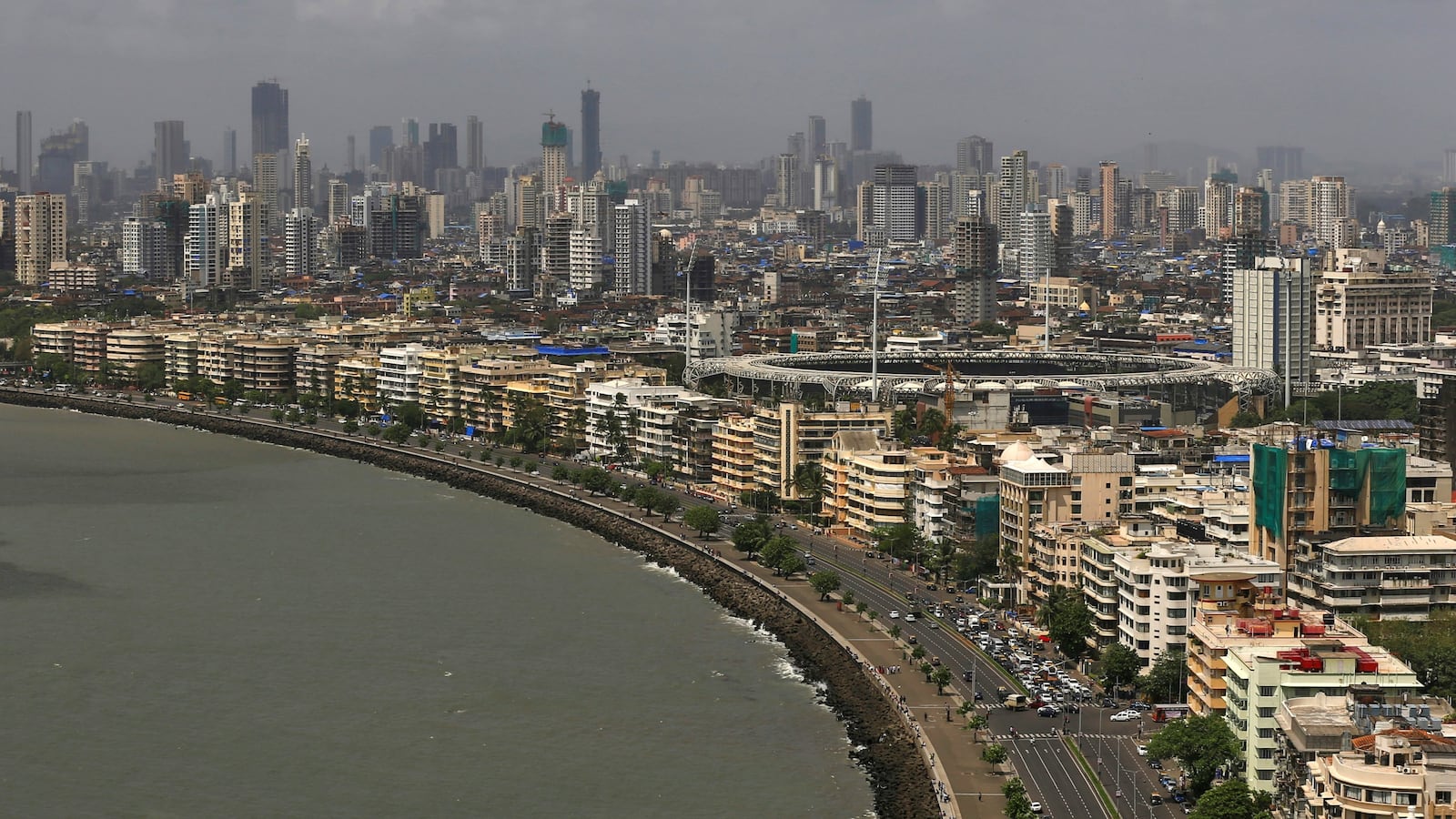UNESCO, the United Nations’ top cultural body, has added several sites to its World Heritage List, giving them new legal protections to cement their status as culturally and historically significant. Oman’s walled city of Qalhat made the list as a “unique archaeological testimony” to links between Arabia and the rest of the world in the 11th and 15th centuries, while Mumbai’s Art Deco buildings were selected for capturing the city’s “phases of modernization.” Several Christian sites—including 10 villages, a castle and a cathedral—were singled out on Nagasaki’s Kyushu island in Japan. UNESCO said they “bear unique testimony to a cultural tradition nurtured by hidden Christians.” The Saudi Arabian oasis of Al-Ahsa, the largest oasis in the world, won praise as “an exceptional example of human interaction with the environment,” with 2.5 million date palms, gardens, canals, springs, wells, and a drainage lake, among other things. South Korea’s Sansa mountain monasteries, several archaeological sites in Iran’s Fars province, and Kenya’s Thimlich Ohinga dry-stone wall settlement also made the list.
Read it at BBC





